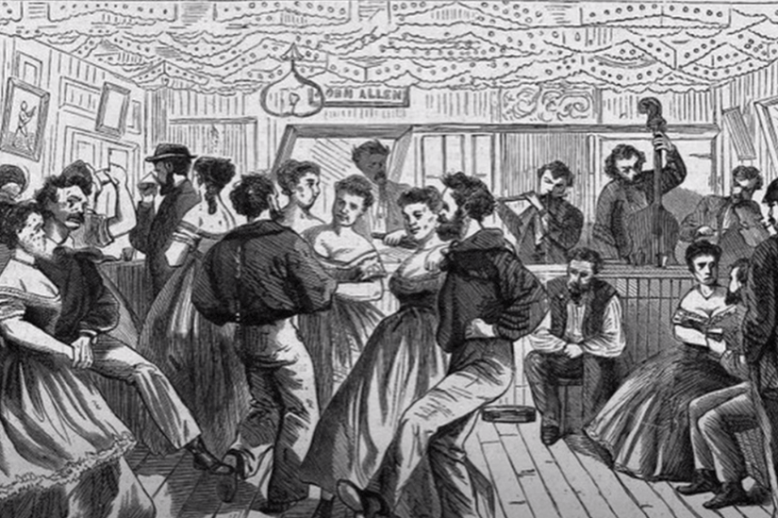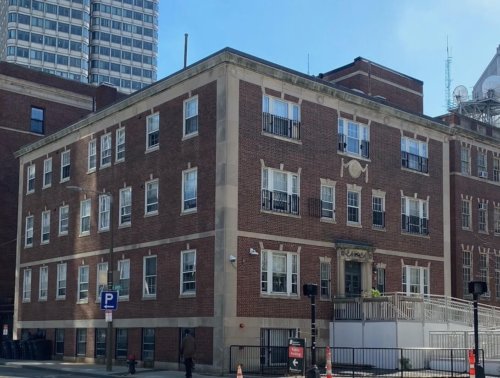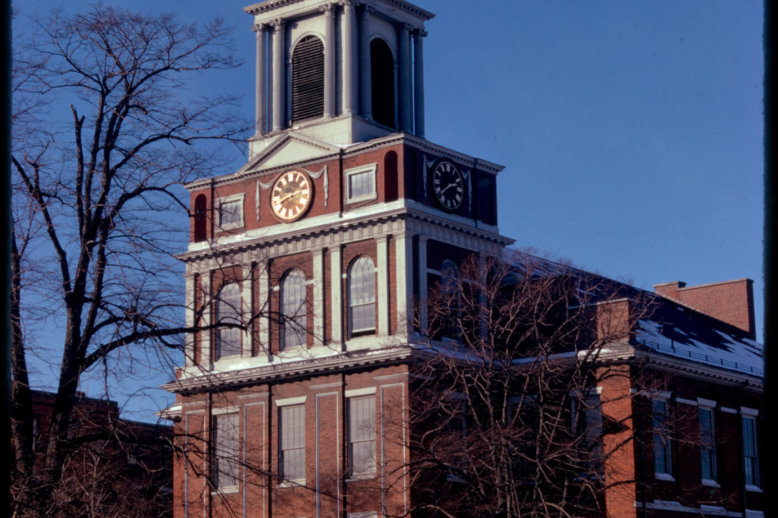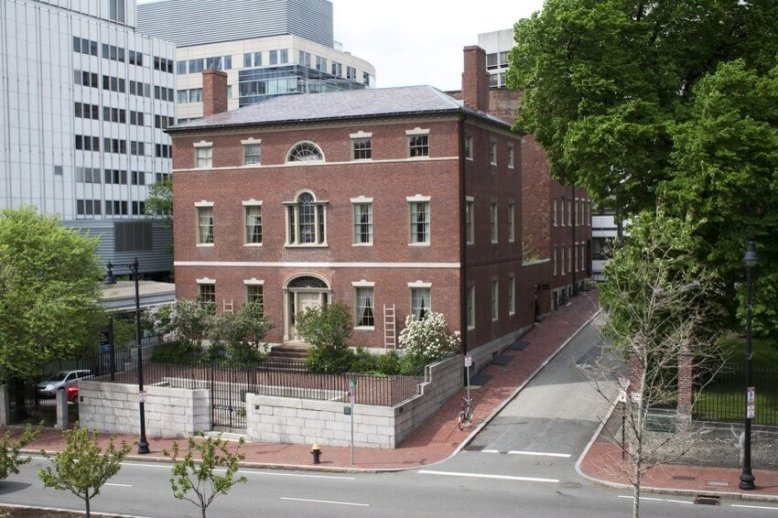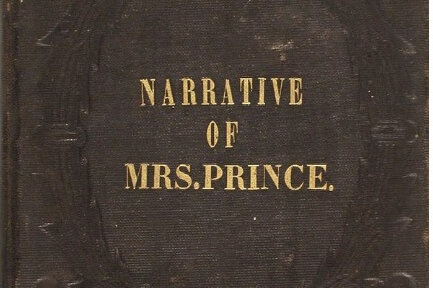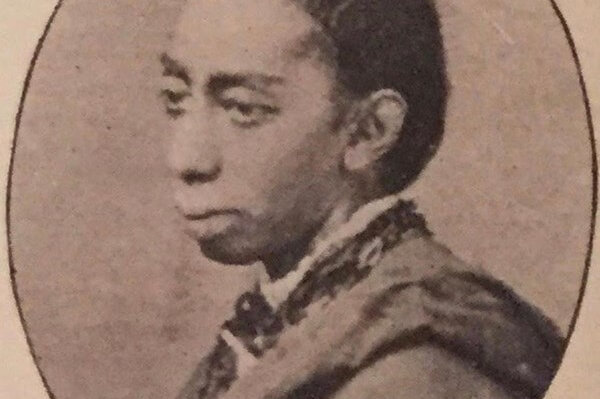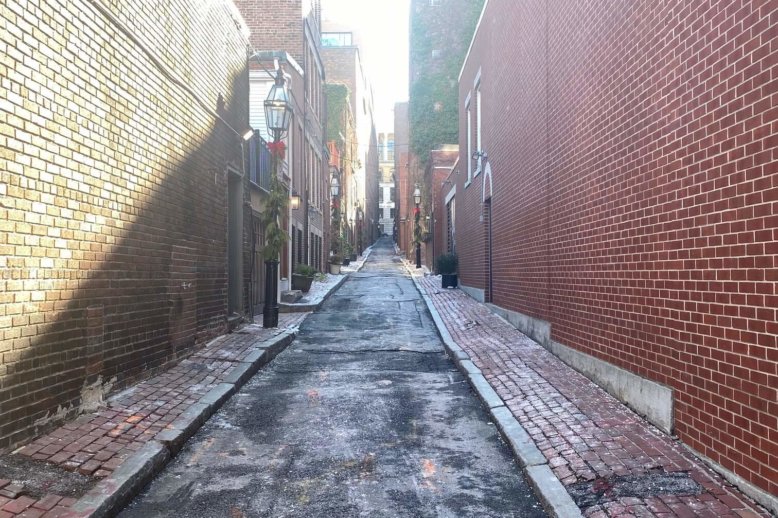The Beehive Riot and The Hill
In August 1823, Mayor Josiah Quincy organized a group of law-abiding volunteers to raid the West End’s notorious center of vice, called The Hill. Two years later, North End residents formed their own posse to tear down houses of ill repute in the neighborhood, leading to what became known as The Beehive Riot.


